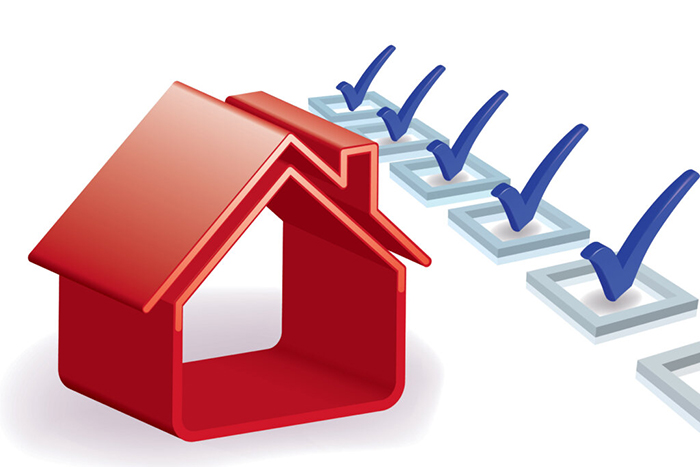A low doc home loan is slightly different from a standard mortgage loan. It is for people who have money but can’t show proof of income through conventional methods. For instance, you don’t have weekly pay slips. While most lenders would turn you away, low documentation loans are very different. These loans offer a unique option for borrowers and are quite ingenious.
So, what is a low document home loan and is it right for you?
Getting to Grips with Low Doc Home Loans
Aimed at self-employed and investors, a low doc home loan caters to those who cannot show tax returns or PAYG slips. Standard home loans may not be entirely out of reach for some buyers, but it’s no cakewalk either. Lenders have tightened their belts when it comes to borrowers, especially those not on a regular salary. It means you can get refused a loan just because you don’t have the right documents to support your application.
Low doc home loans give you an alternative way to finance a property. The paperwork you need can be a lot less stringent than that of a traditional home loan. The reason is that lenders are sometimes willing to accept alternative forms of income proof.
You Must Provide Adequate Documentation
It’s easy to get confused about low documentation loans and think no paperwork is required. Unfortunately, that’s not quite true. You still need to show documentation to support the application you submit to the lender. Although, a low doc home loan relies on self-verification. You provide an accountant’s letter or business activity statement and state your earnings. It’s a unique way to apply for a loan but has become a viable finance option for many today.
Your Deposit Size Must Be Substantial
One crucial difference between standard and low doc home loans is the deposit size. Now, most homeowners will put down a deposit of around 10%. 5% may also be accepted depending on the lender and the cost of the home. Unfortunately, a low documentation loan may require substantially more.
Some lenders require borrowers to put down at least 20% of the total value of the home. Some may want more. It’s a huge factor to consider but one you need to know about before applying for a low doc home loan.
Interest Rates Can Vary Considerably
Another important factor to consider is the rate of interest. A low doc home loan may have slightly higher rates of interest because of the risk to the lender. Of course, interest rates may be lowered if you need to borrow less or have an excellent credit score and history. Unfortunately, the rates will vary as they’re set by the lender. So, some lenders might offer a better rate of interest than others. It’s the most frustrating part of the process to think about.
Getting the Right Finance for Your Home
It’s easy to say low documentation home loans are too expensive and should be avoided because of the negativity that surrounds them. However, if you think logically, low doc loans give you something few others can – the chance to get on the property ladder. It doesn’t mean you have to keep the same loan for the next twenty years. You could remortgage if your circumstances change. That’s a major advantage.
Low doc home loans offer a simple finance solution and should be given much consideration. Read more: https://www.payday-bank-loan.com

